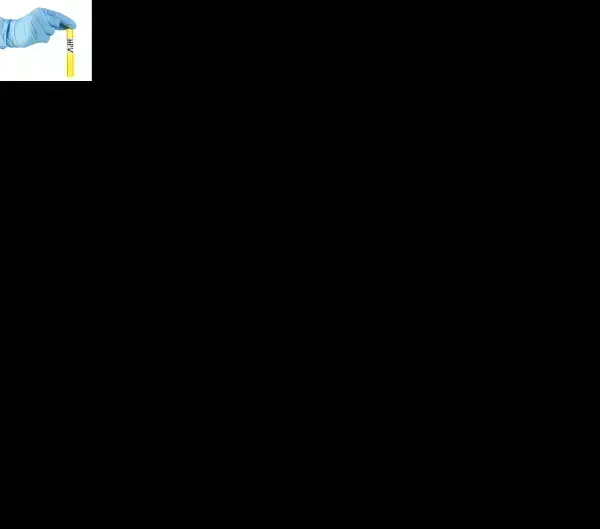Pathology/Lab Coding Alert
Clinical Lab:
Grasp Final CLFS Pricing Details for Your Lab
Published on Tue Jan 09, 2018

You’ve reached your limit of free articles. Already a subscriber? Log in.
Not a subscriber? Subscribe today to continue reading this article. Plus, you’ll get:
- Simple explanations of current healthcare regulations and payer programs
- Real-world reporting scenarios solved by our expert coders
- Industry news, such as MAC and RAC activities, the OIG Work Plan, and CERT reports
- Instant access to every article ever published in Revenue Cycle Insider
- 6 annual AAPC-approved CEUs
- The latest updates for CPT®, ICD-10-CM, HCPCS Level II, NCCI edits, modifiers, compliance, technology, practice management, and more
Related Articles
Other Articles in this issue of
Pathology/Lab Coding Alert
- Clinical Lab:
Grasp Final CLFS Pricing Details for Your Lab
See exceptions to weighted-median valuation. Brace for payment reductions to about three quarters of your [...] - CLFS:
Check Out New Code Pricing and More
Learn how ADLTs are different. The vast majority of codes paid on the Clinical Laboratory [...] - CPT® 2018:
Greet New Way to Capture INR Monitoring
Change involves code additions and deletions. If your lab/pathologist is involved in anticoagulation management, you [...] - Documentation:
Master Clean Claims with Targeted Queries
Know when to ask for clarification. Sometimes you face a pathology report that seems to [...] - You Be the Coder:
Choose Specific Colon Polyp Code
Question: We are trying to assign a diagnosis code for a specimen that the pathology [...] - Reader Question:
Medical Necessity Can Trump CCI
Question: Our physician office lab performed rapid strep and rapid influenza tests that the provider [...] - Reader Question:
Determine Reason for Lead Test
Question: A physician ordered a lead test as part of a pre-adoption examination for a [...]
View All




